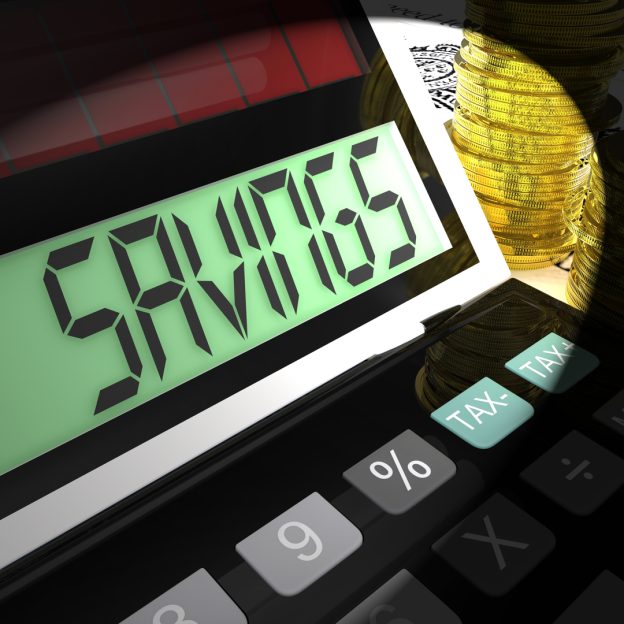
HMRC is issuing letters to employees with savings regarding updated tax codes – resulting in an increased amount of income tax being deducted from your pay.
The beginning of a new tax year often prompts the tax office to adjust tax codes that take into account additional income like savings and tax reliefs.
Starting on 6 April 2025 the current 25/2026 tax year could see your tax code adjusted to either reduce or increase your tax free personal allowance.
For savers this can mean that you are given a new tax code which reduces your personal allowance to include income from savings over the tax free savings allowance.
HMRC receives your income from savings information directly from your bank (or building society) and they use the figures to change your tax code in some cases.
To determine your tax code, HMRC will project the interest you are likely to receive this year based on the amount you earned in the previous (2024/25) tax year.
This is done in an attempt to avoid a tax bill at the end of the tax year by paying more tax on your PAYE income throughout the current financial year.
Savings held within a tax free individual savings account (ISA) are not included in HMRC’s calculations for income tax purposes.
Some savers who previously had the standard 1250L tax code have seen their tax code change to 1151L, which tells your employer or pension provider that your personal allowance is £11,510 instead of £12,500.
What is the 2025/26 tax year savings allowance?
The personal savings allowance (PSA) represents the annual amount of interest you can accumulate from your savings without incurring tax.
This allowance varies based on your income tax rate(s) and covers the savings interest accrued within each tax year, spanning from 6th April to 5th April of the following year.
Calculating your personal savings tax allowance for the year is usually straightforward, all you need to know is your income tax bracket:
- Individuals with an income ranging from £12,570 to £17,570 may be eligible for the starting rate for Savings, allowing them to receive up to £5,000 in interest without paying tax on it.
- Individuals in the basic rate tax band (£17,570 to £50,270) may earn up to £1,000 in savings interest without paying tax.
- Those in the higher rate tax band (£50,270 and over) may receive up to £500 tax-free.
- People in the additional rate tax band (£125,000 or higher) are not eligible for a Personal Savings Allowance.
You can use the free online tool on .GOV to calculate how much income tax you may owe on your savings.
What is the 25/2026 Starting Rate for Savings?
You can receive up to £5,000 in savings interest without having to pay income tax on it if you qualify for the starting rate for savings.
The higher your earnings from other sources, such as your salary or pension, the lower your starting rate for savings becomes.
If your additional income reaches £17,570 or above, you are not entitled to the starting rate for savings.
Check your tax code 25/26 tax code for savings income
HMRC should send you a letter confirming your new tax code and update the same details in your online personal tax account or the HMRC app.
You will be given a breakdown of how your savings interest income has been incorporated into your tax code based on the interest reported to them by your bank.
Your savings interest income or other PAYE earnings might see a change, either rising or falling, compared to the 2024/25 tax year.
If your circumstances have changed from the previous tax year (which HMRC are basing their calculations on) then you could overpay or underpay income tax.
Once you have checked your tax code it’s important to tell HMRC if you feel that it’s incorrect.
Informing HMRC so they can adjust your tax code for the 25/26 tax year accordingly can be done online or by phoning their helpline.
Watch out for a simple assessment letter from HMRC
Some savers might receive a simple assessment tax bill from the 2024/25 tax year. The simple assessment notifications for that tax year are being dispatched from June 2025 to individuals who don’t complete a tax return.
They are used when HMRC cannot automatically withhold the tax owed through the normal channels under PAYE.
Some people who owe tax from interest accrued in banks and building societies might receive two simple assessment notices at different times for the same tax year and will normally need to pay what is owed by 31st January 2026.







